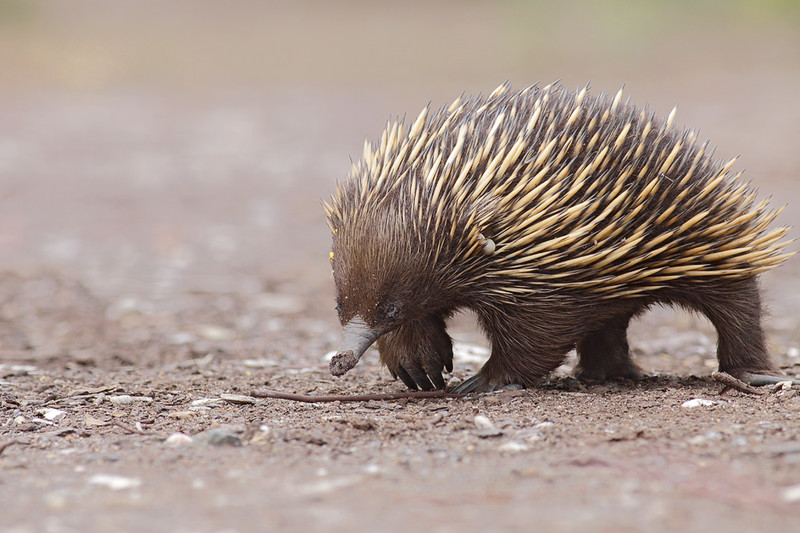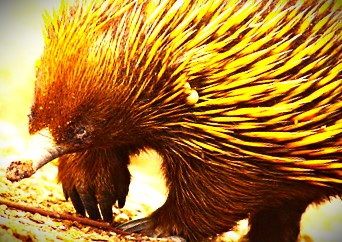Creative Commons (CC) is a set of legal tools, a nonprofit organisation, as well as a global network and a movement — all inspired by people’s willingness to share their creativity and knowledge, and enabled by a set of open copyright licences.
Important points:
You see a photograph, graphic, video clip, textual document or other work under a Creative Commons licence and wish to use it. What can you do?
 The most basic licence allows you to copy, distribute, display, perform, edit, remix and build upon the work for commercial or non commercial purposes, provided you attribute the creator, additional creators and link to the source.
The most basic licence allows you to copy, distribute, display, perform, edit, remix and build upon the work for commercial or non commercial purposes, provided you attribute the creator, additional creators and link to the source.
Often, however, a CC licence will have one or more additional elements which carry further licensing terms:
| Symbol | Abbreviation | Licensing terms |
 |
NC -Non Commercial |
For non-commercial purposes only |
 |
ND - No Derivatives | You can only redistribute verbatim (in whole and unchanged) copies of the work |
|
|
SA - Share Alike | If you edit, remix or build upon the work, you need to license the new creation under the identical terms |
A work with the licence CC BY NC, for example, means you can make and share copies - and even make changes to it - but you must acknowledge the author and you cannot use it for commercial purposes (that is, you can't sell what you make using this work).
There are six ways these conditions are combined to make the licences:
In addition, there are two other options you may see:
You must respect the wishes of the creator, and follow the conditions given in the licence, and you cannot give a CC licence to a work if you do not own the copyright.
If you wish to use someone's work in a way that is not permitted with the CC licence, you will need to contact the copyright holder to ask for permission.
If you are using multiple works with different CC licences, be aware that the licences do not always work together, and you will need to choose works with compatible licences.
This text is a derivative from Creative Commons - About the Licenses webpage by Creative Commons / CC BY 3.0.
If your work is going to be for a public audience, then you need to think about attribution.
Remember that you cannot use someone else's copyrighted work without permission, and that you have to follow the conditions of that permission. For example, an image with a CC BY SA licence must be shared with an acknowledgement of the creator and the same licence conditions.
You can use someone's material (e.g., image, music, etc.) without acknowledging them if the material has been marked 'no attribution required' or has a license which expressly permits you to use it without acknowledgement.
If the work does not specifically say you can use the work without attribution, you must acknowledge the creator and should link back to the source material if possible.
Best practice is to use the TASL method of citation: Title, Author, Source, License.
For example:

Echidna, by Leo, is shared under a CC BY NC SA licence
The same image, having been altered, would be acknowledged like this:

Echidna image, adapted from Echidna, by Leo,
is shared under a CC BY NC SA licence
Even though changes have been made to the image, it must be shared under the same licence as the original, because that is part of the licence conditions.
Another example, below, is from Unsplash, who have their own licence for using their images. They state you do not need to give attribution, but ask you to give attribution if possible, and have a suggested attribution they would like you to use:

Photo by Enguerrand Blanchy on Unsplash
For attributions, you should follow the wishes of the copyright holders to the best of your ability, but you can make changes to the format to allow for consistency. The following TASL-style attribution would also be acceptable:

Echidna on the walking track between Torquay and Jan Juc Beach,
by Enguerrand Blanchy is shared under the Unsplash licence
Some material made available under Creative Commons licences can be used with or "remixed" with other CC licensed material, but only if the licences are compatible. You can use a Creative Commons compatibility chart (see below) to determine if the material you are using has compatible licences.
Two of the examples given above, CC BY-NC and CC BY-SA are not compatible licences. If you combined parts of those two works together, you would have to share it with either a CC BY-NC licence (which contravenes the CC BY-SA conditions of the other work, because you aren't sharing it with the same licence), or a CC BY-SA licence (which contravenes the CC-BY-NC conditions, because you are making it available for commercial use). Even though each licence allows you to re-use and remix the material, you can't use the works together because the licences are incompatible.
The work with the CC BY-NC-ND licence is incompatible with all other licences because the ND condition means you cannot change it in any way.
Image: CC License Compatibility Chart, by Kennisland, published under a CC0 licence.
We acknowledge the Australian Aboriginal and Torres Strait Islander peoples as the first inhabitants of the nation and acknowledge Traditional Owners of the lands where our staff and students, live, learn and work.

This work is licensed under a Creative Commons Attribution-ShareAlike (CC BY-SA) 4.0 International License, unless otherwise noted. Content from this Guide should be attributed to James Cook University Library. This does not apply to images, third party material (seek permission from the original owner) or any logos or insignia belonging to JCU or other bodies, which remain All Rights Reserved.